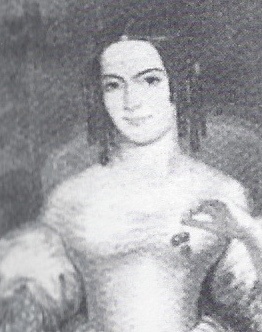Take a good look at the two women pictured here. They were half-sisters, but they lived in two entirely different worlds.
One was the other’s slave.
Ellen and Eliza had the same father, Major James P. Smith of Clinton, Georgia, but they had different mothers, and this made all of the difference in the world. Eliza’s mother was Mrs. Smith, a white woman, so Eliza was free; Ellen’s mother was Maria, a slave of mixed-race descent, so that made Ellen a slave.
Mrs. Smith detested Ellen, because the young girl was a constant reminder of her husband’s indiscretions. So, when her 18-year-old daughter Eliza married Dr. Robert Collins, a wealthy man from Macon, Georgia, Mrs. Smith jumped at the chance to get rid of Ellen. She gave 11-year-old Ellen to Eliza as a wedding present. Ellen was horrified to be separated from her mother, even though living with Eliza as a maid would put some distance between her and the cruel Mrs. Smith.
In 1848, Ellen used her white skin to her advantage by posing as a white man when she fled from Macon, Georgia–a remarkable escape portrayed in my new novel, The Vanishing Woman. Ellen’s husband, William pretended to be her slave as they made their way from Macon to Savannah to Charleston and then up north by train and steamboat–a harrowing trip, with Ellen constantly on the verge of being discovered. Ellen couldn’t pose as a white woman because a woman could not travel  in the company of a male slave, so a white man it had to be.
When the couple made their leap to freedom in December of 1848, Ellen was 22 years old and William was 25–about the age she is depicted in this photo.
By Doug Peterson


